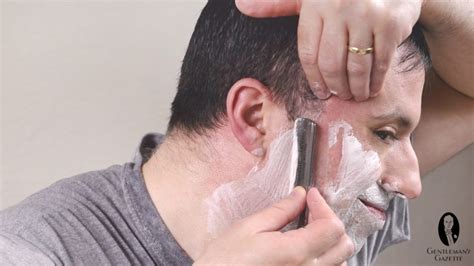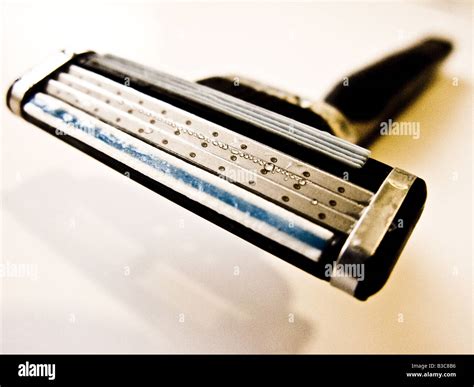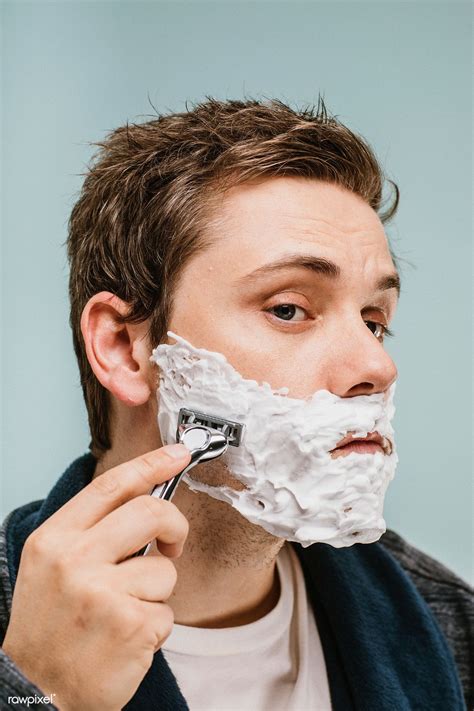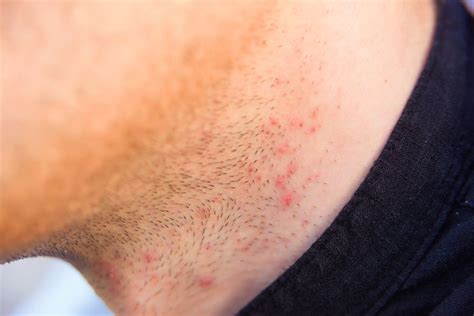What strategic shaving technique prevents razor burn for peak skin performance?

Mastering the Shave: A Blueprint for Irritation-Free Skin
Razor burn, characterized by redness, irritation, and bumps, is a common affliction for many who shave regularly. It’s not merely an aesthetic concern; it signals underlying skin trauma. Preventing it requires a disciplined, strategic approach that goes beyond simply running a blade across your face. For peak skin performance, an irritation-free shave is paramount, fostering healthier skin and a more confident appearance. Let’s explore the techniques that transform shaving from a chore into a ritual of skin care.

The Foundation: Pre-Shave Preparation is Key
The secret to a great shave often lies in what you do before the razor even touches your skin. Proper preparation softens the hair, opens pores, and creates a protective barrier, allowing the blade to glide more smoothly.
Cleanse and Exfoliate
Start by washing your face with warm water and a gentle cleanser. This removes dirt, oil, and dead skin cells that can clog your razor and lead to irritation. For an even deeper clean, a mild exfoliant once or twice a week can prevent ingrown hairs and ensure a smoother surface for shaving. Always rinse thoroughly with warm water.
Hydrate the Beard
Warmth and moisture are your allies. A hot shower or applying a warm, damp towel to your face for a few minutes will soften your beard hairs significantly, making them easier to cut. This reduces the drag on your razor and minimizes tugging and pulling, a primary cause of razor burn. Follow this with a quality pre-shave oil or cream, which creates a thin, slippery layer between the blade and your skin, adding an extra layer of protection.

The Art of the Shave: Technique Matters Most
Once your skin is prepped, the actual shaving technique becomes critical. Patience and precision are far more effective than speed and pressure.
Sharp Blades and Proper Tools
Never underestimate the power of a fresh, sharp blade. Dull blades drag and pull at the hair, leading to irritation and an ineffective shave. Replace your razor blade every 5-7 shaves, or sooner if you feel any tugging. Choose a quality razor – whether it’s a multi-blade cartridge or a safety razor – that suits your skin and beard type. Apply a rich, lubricating shaving cream or gel, not just foam, ensuring even coverage and allowing it to sit for a minute or two to further soften the hairs.

Shave with the Grain (Mostly)
The most crucial rule for preventing razor burn is to shave primarily with the grain, in the direction your hair grows. While shaving against the grain might offer a closer shave, it significantly increases the risk of irritation and ingrown hairs. For areas where a closer shave is desired without irritation, you can perform a second pass across the grain (perpendicular to hair growth), but never directly against it if your skin is prone to sensitivity.

Light Touch, No Pressure
Let the razor do the work. Applying too much pressure is a common mistake that leads to nicks, cuts, and razor burn. Hold the razor lightly, using short, gentle strokes. Rinse your blade frequently under warm water to remove accumulated hair and cream, ensuring optimal cutting performance. Avoid going over the same area repeatedly, as this strips the skin of its natural protective oils.
Post-Shave Perfection: Soothe and Protect
The job isn’t done once the last hair is cut. Post-shave care is vital for calming the skin, preventing irritation, and locking in moisture.
Cold Rinse
After shaving, rinse your face thoroughly with cool water. This helps to close pores, reduce inflammation, and remove any remaining shaving cream. Gently pat your face dry with a clean, soft towel – do not rub vigorously.
Moisturize and Protect
Immediately apply a high-quality, alcohol-free aftershave balm or moisturizer. Look for ingredients like aloe vera, witch hazel, chamomile, or hyaluronic acid, which soothe, hydrate, and protect the skin. Avoid products with alcohol, as they can dry out and irritate freshly shaved skin. Consistent moisturizing helps maintain your skin’s barrier function, leading to a healthier complexion.

Embrace the Strategy, Enjoy Peak Skin Performance
Preventing razor burn is an ongoing commitment to strategic grooming. By adopting a comprehensive routine that prioritizes pre-shave preparation, meticulous technique, and diligent post-shave care, you can transform your shaving experience. Not only will you banish redness and irritation, but you’ll also cultivate smoother, healthier skin that looks and feels its best, achieving true peak skin performance with every shave.









